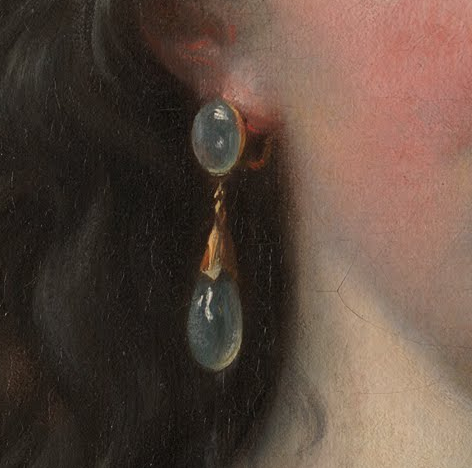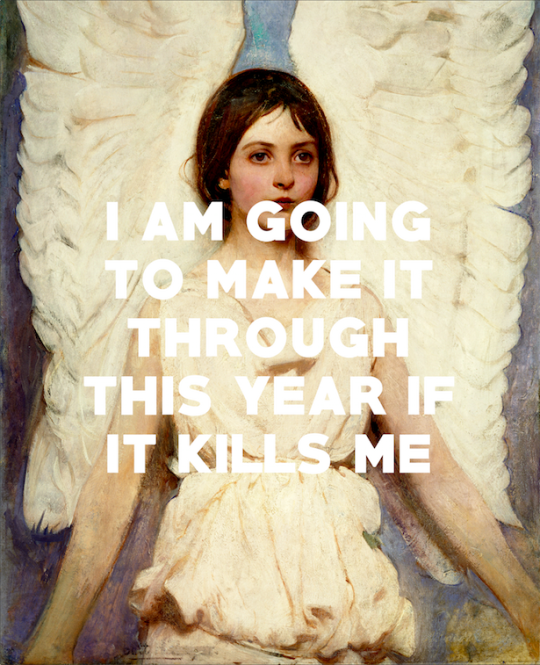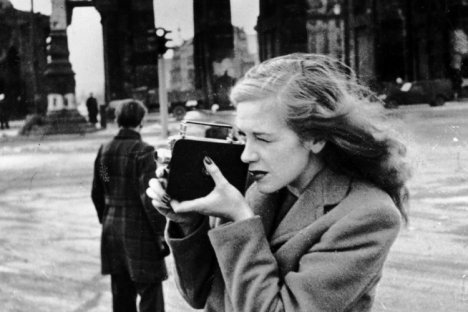Photo










(½) Interior of the San Pedro / Los Angelesw Warner Grand Theatre from my 4/24/2016 visit. Entire set is up on my flickr: https://www.flickr.com/gp/7398381@N04/6m38zd
507 notes
·
View notes
Photo

Design for Windrush printed textile William Morris, 1883 Shared via #WikiArtApp
20 notes
·
View notes
Photo

Detail of an earring from a 1781 self-portrait by Louise Elisabeth Vigée Le Brun.
40K notes
·
View notes
Photo

Gustav Klimt
Girlfriends [Gustav Klimt An Aftermath], 1931
Collotype
398 notes
·
View notes
Photo

Olga Costa | Mexican
La Vendedora de Frutas | 1951
16K notes
·
View notes
Photo

Robert Mapplethorpe in front of his cover for Patti Smith’s Horses c.1975
17K notes
·
View notes
Photo

Angel (1887), Abbott Handerson Thayer / This Year, The Mountain Goats
81K notes
·
View notes
Link
Abstract Expressionism is largely remembered as a movement defined by the paint-slinging, hard-drinking machismo of its poster boys Jackson Pollock and Willem de Kooning. But the women who helped develop and push the style forward have largely fallen out of the art-historical spotlight, marginalized during their careers (and now in history books) as students, disciples, or wives of the their more-famous male counterparts rather than pioneers in their own right. (An exception is Helen Frankenthaler, whose transcendent oeuvre is often the only female practice refe
127 notes
·
View notes
Photo


“What happens when five feminist artists lock themselves up in a gallery for 48 hours?” asked the mujeres behind the Twin Cities arts collective Electric Machete Studios, located in the first Latino neighborhood of Minnesota, West St. Paul.
35 notes
·
View notes
Photo

SubmissionFriday:
The other part of me by Cristina Coral
410 notes
·
View notes
Photo

“Lee Miller brought mud from the concentration camp into the dictator’s bathroom — once a private, now very public space — with her boots, which she left on a soiled rug. Next to a portrait of Hitler, and amid the mess he’s made, she sits in the tub and washes herself. By appearing in the photo, Miller breaks out of her role as observer and reprises her work as a model at a crucial moment. She strikes back at the dictator in her own way, crossing a personal boundary in order to express a disgust that she can’t contain.“
92 notes
·
View notes





